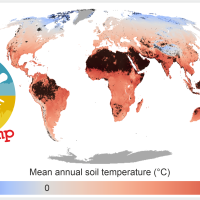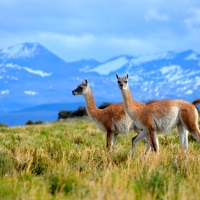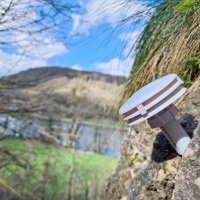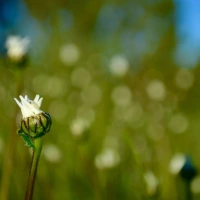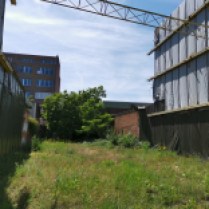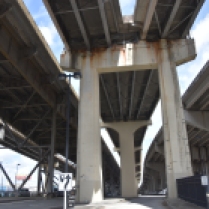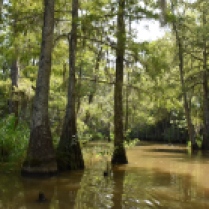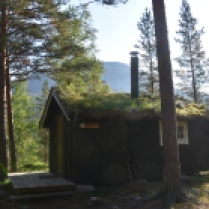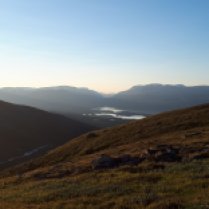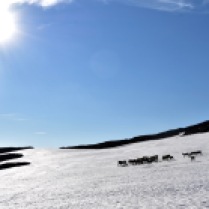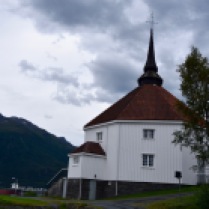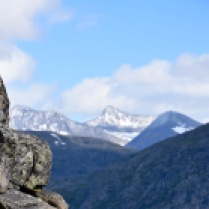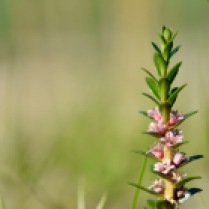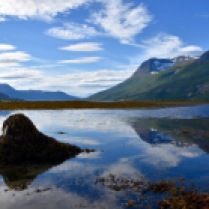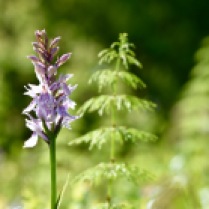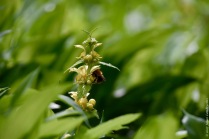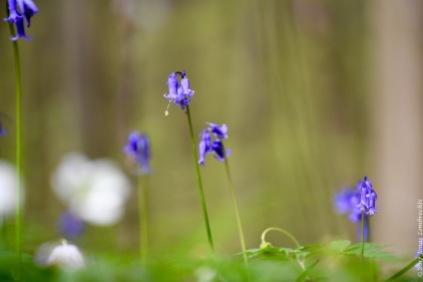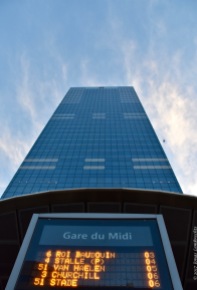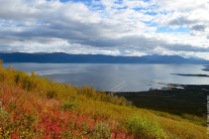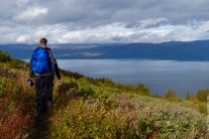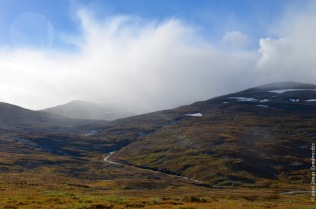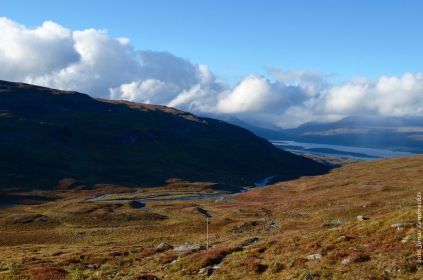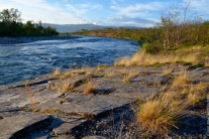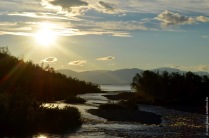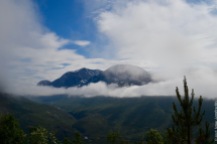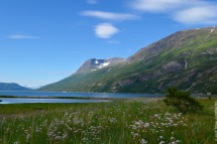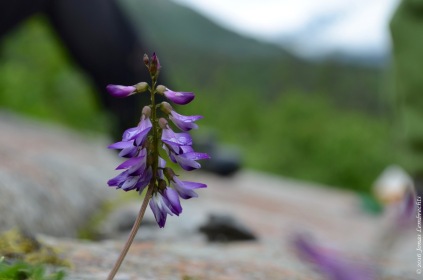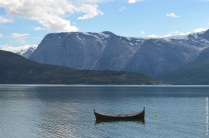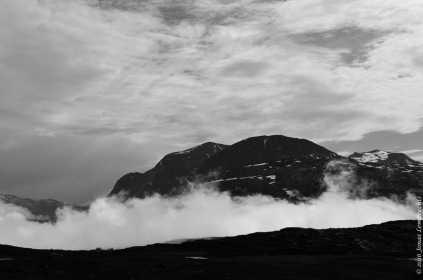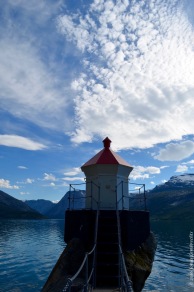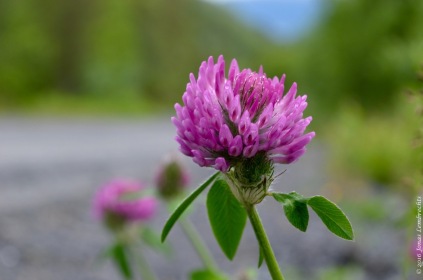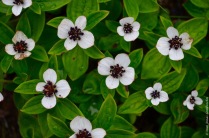Beautiful data visualization in newspaper De Standaard today, who show-case the newest conclusions from our citizen science project. Here, I provide a shortened English summary of the longread, but for the full beauty of the visuals, you MUST check out the original story here!
Text by Ine Renson, translated largely by http://www.DeepL.com
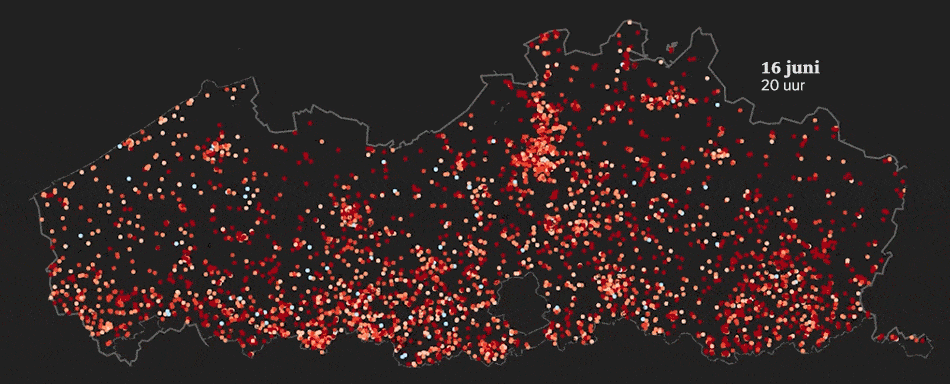
Where we can cool our gardens with greenery and shade during the day, we are pretty defenseless against urban fever at night. The 5,000 lawn clouds of CuriousNoses in the Garden provide a unique insight into that dynamic.
It took some getting used to after that cool spring, when in mid-June the ventilators had to be brought out after all. Especially for residents of large cities, ‘urban fever’ set in. During the night of June 16 to 17, many were tossing and turning at temperatures that hovered between 20 and 25 degrees around midnight. In the surrounding countryside, it was often much cooler.
We know that the heat island effect, in which cities are significantly warmer than the surrounding area, exposes city dwellers to heat stress at higher rates. But much remains to be discovered about its exact dynamics. With their temperature data recorded every 15 minutes, the 5,000 lawn clouds from CuriousNoses in the Garden provide a unique insight into that process.
To study the heat island effect, we look at the air sensor at 12 centimeters above the ground. The temperature there is similar to the temperature we ourselves feel in our garden. The heat island effect can be observed most clearly at night: buildings, asphalt and concrete absorb heat during the day and give it off again in the evening.
It’s harder to sleep in the city
On that warm night of June 16, it was on average two degrees warmer at midnight in Flemish cities than in the countryside. At the coolest time of the night, the difference was three degrees. That doesn’t seem like much, but then it is the average temperature of all urban gardens versus the average temperature of all rural gardens. If you know that local weather conditions, soil type or relief also leave a strong mark and that our countryside is highly urbanized, those few degrees of difference are very significant, says Jonas Lembrechts, ecologist at the UAntwerpen and scientific supervisor of the project. ‘Despite all the variation, the fingerprint of the heat island effect remains. Compare it to global warming: two degrees doesn’t seem like much, but behind that average there are huge differences.’

The Flemish average masks large local differences between cities and their surrounding countryside. In Antwerp, at midnight, you had peaks of up to 23 degrees and more in the center, while in the surrounding countryside it often stayed below 17 degrees. Across Flanders, the contrast is even greater: between the warmest and coolest gardens, there was a difference of over 15 degrees at midnight.
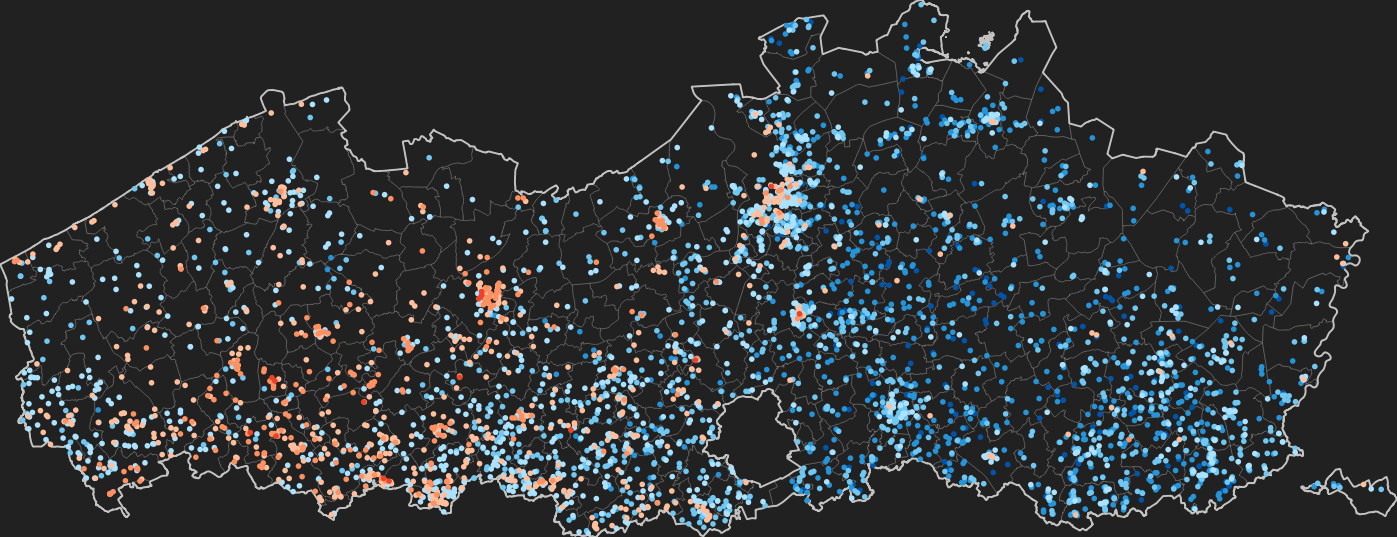
That makes a huge difference when you’re sleeping, says Lembrechts. Up to 18 degrees you sleep comfortably, but above that temperature it becomes more difficult for many people. The warmer it is outside, the more difficult it is to get rid of the heat that’s hanging in the house. In the countryside it usually cools off at night, so you can ventilate. In the city, this is then no longer possible. The only thing left is energy-hungry air conditioners. That drives up your electricity bill and, on top of that, those air conditioners heat up the outside air even more.’
The 5,000 lawn clouds beautifully illustrate that rhythm through the night. Consider this animation of the night of June 7-8: at 8 p.m. it is still about the same temperature everywhere (orange and red dots). But as the evening and the night progress, you can see big differences. While it gradually cools down in the countryside (blue to dark blue), the heat lingers in several cities (orange and light blue dots).
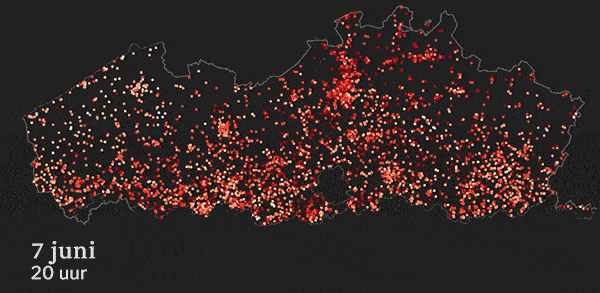
This spring the temperatures were not extreme yet in the region. But this pattern clearly shows what we can expect during the next heat wave. As climate change makes our summers hotter, the health risks associated with heat stress will also increase.
There is no such thing as ‘the’ heat island effect
An interesting observation: there is no such thing as “the” heat island effect. Every city has its own dynamics. The larger and more densely built up, the greater the heat island effect. As the largest city, Antwerp stands out. But even in Ghent, Mechelen or Leuven the heat lingers until the early morning.
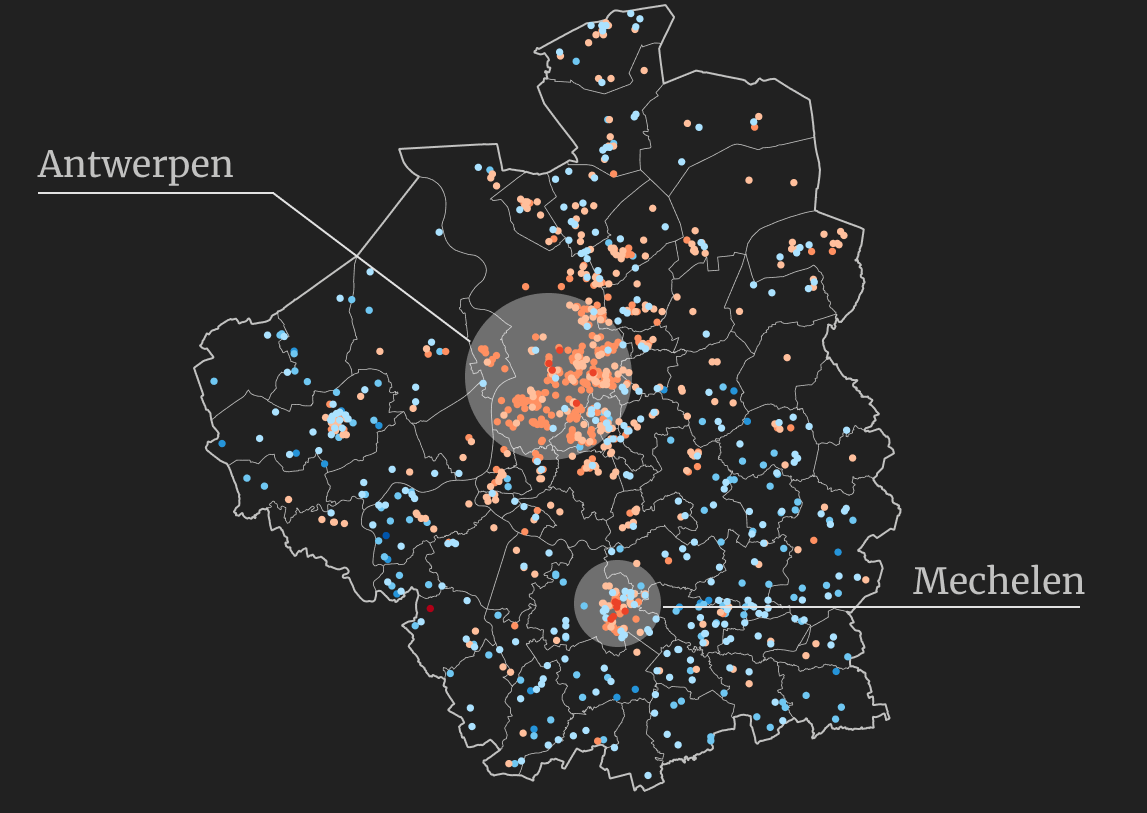
Cities like Genk or Kortrijk stand out less on the maps. ‘A lot depends on how compact a city is built,’ says Lembrechts. ‘Genk, for example, has a less densely built-up city center, but rather a wide-spread development. More compact cities have urban planning advantages, but must consider adequate cooling in their urban planning.’
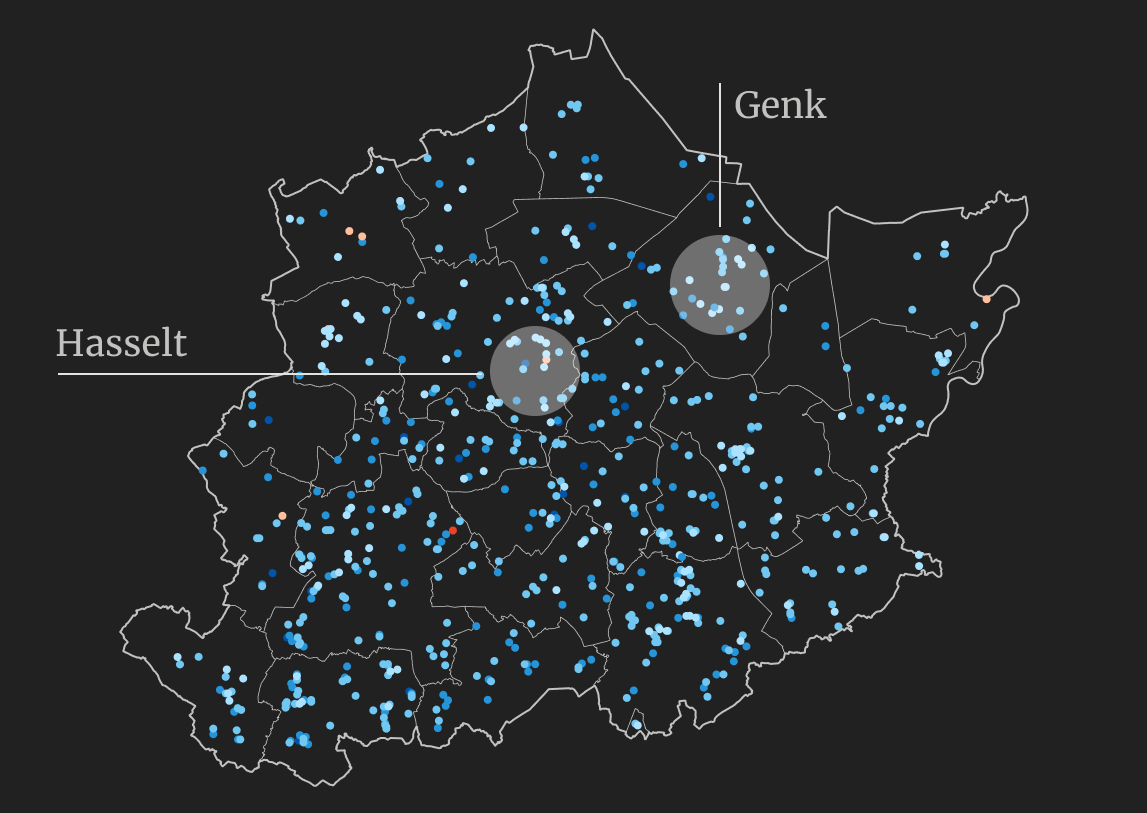
Regional differences also stand out. For example, in the Kempen region and in Limburg there are often temperature peaks on hot days. The sandy soil heats up faster and there is no cooling sea breeze that brings relief. But during the night the Kempen and Limburg gardens cool down well. ‘Sandy soil heats up more strongly in the sun, but also quickly loses its heat again,’ Lembrechts explains. ‘So the difference between day and night is usually greater in the Kempen than at the coast.’
The heat island effect is also a dynamic phenomenon that can be experienced differently every night. ‘The effect is most pronounced during clear nights, warm or cold,’ says Lembrechts. But on cloudy or rainy nights, there is little sign of it. That’s when classic weather patterns take over, such as a rainstorm washing away the heat or a cold front moving across the country. That rain is often not distributed evenly across the region, so other patterns appear on the dot map.
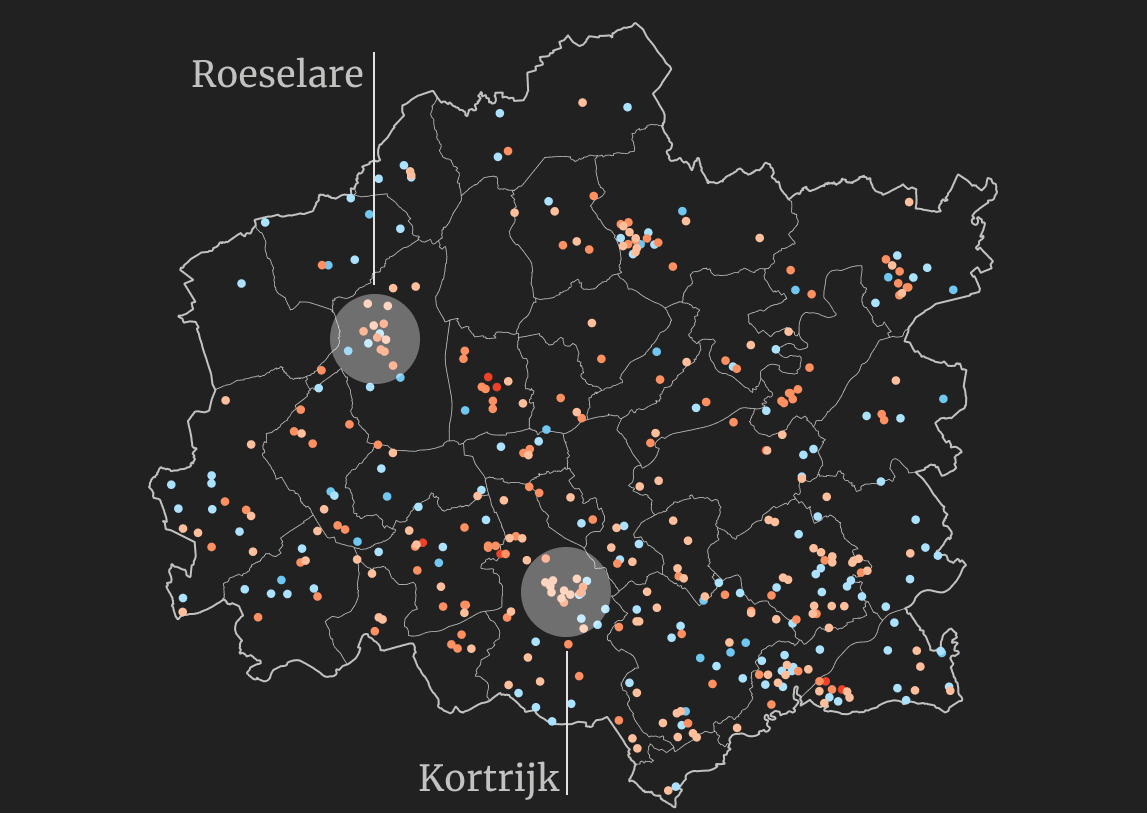
The June RMI data show that it rained a lot less than average in the Kortrijk region, which meant that it was locally warmer at night than in other regions. These regional differences can influence the size of the heat island effect in each city from day to day.
An extreme example of the impact of weather phenomena can be seen on the night of June 20-21, when a heat storm rolled over Flanders, coming in from France. You can see clearly how a blue wave rolled from west to east, washing away all the heat.
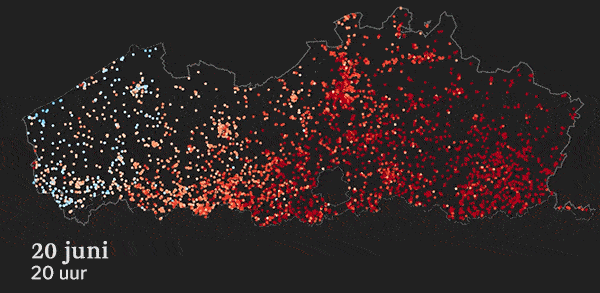
A difference between day and night
But it gets really interesting when we compare day and night. Because during the day the heat island effect plays much less. The Curious Noses data already showed that in urban gardens you can cool down just as well in the shade of buildings and trees. How you design your garden has a big impact on how it feels during the day, but also on the warming of the soil, and thus how plants and soil life thrive in your garden.
This was evident when we looked at maximum temperatures in the garden soil. Contrary to expectations, there was no heat island effect on that dot map: urban garden soils are not necessarily warmer during the day than those in the countryside.
But on the urban fever at night and how we experience it when we sleep, we have less impact. The heat spreads through the city at night and lingers between the buildings like a warm blanket,’ says Jonas Lembrechts.

It is the first time that this fascinating difference has been mapped so accurately with a sensor network.
So are we defenseless against urban fever at night? ‘Not quite,’ says Lembrechts. ‘We still see big differences between gardens that are close to each other. You do have an influence as a gardener. This may have to do with the amount of greenery or paving in your garden, and how much heat your garden gives off in the evening. We want to analyze that further. In a garden with ten trees, you might have a cooler head start.’
And what if the neighbors also have ten trees? And the rest of the neighborhood too? Then together you have a small forest. That is the interesting question’, says Lembrechts: ‘We see our gardens as isolated places, but from a climate perspective they can form one big park. If we work together, perhaps we can provide a lever against the nocturnal heat island effect.’
This is then a matter of collective responsibility of neighbors, but also of urban planning and landscaping in which parks and natural areas close to the city can play a key role. ‘We’re going to use this beautiful dataset we are amassing to find out how big that collective effort has to be to have an effect,’ says Lembrechts.



